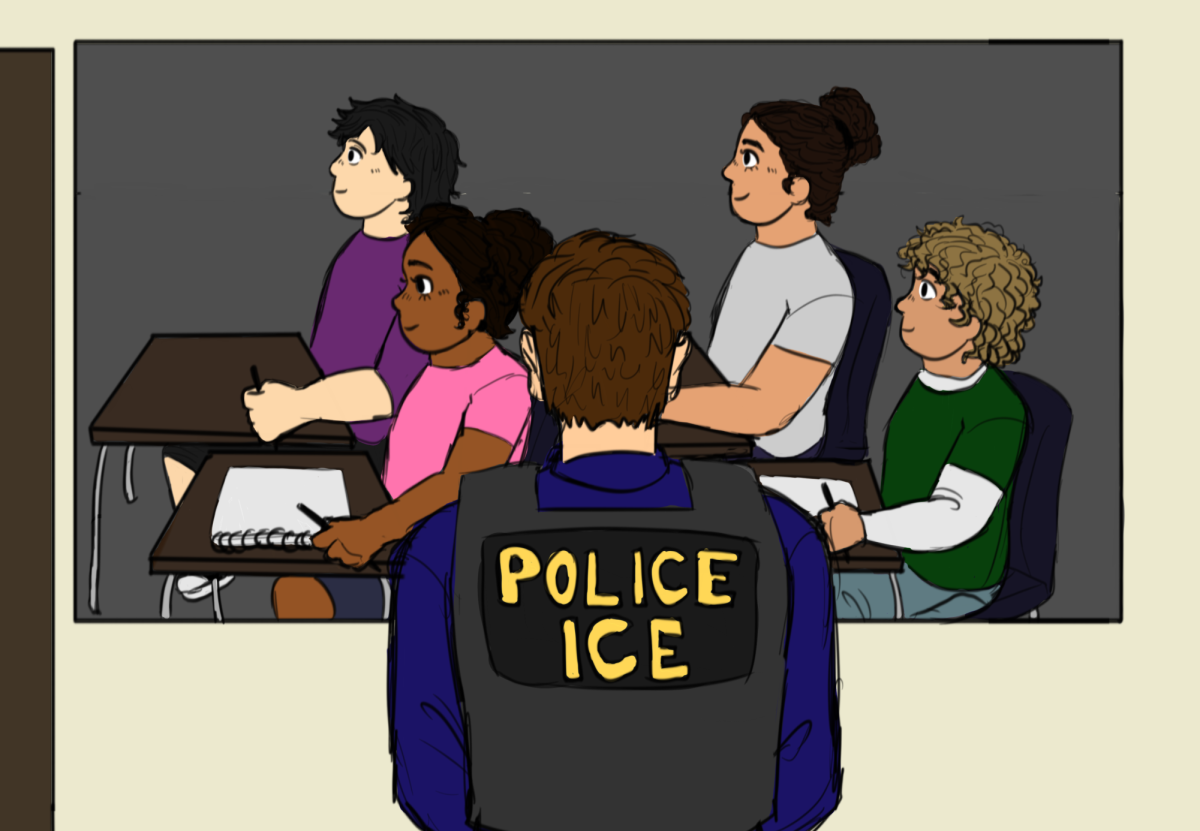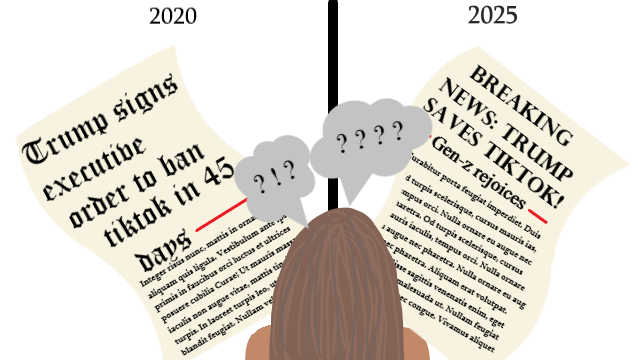A common fear I have noticed with myself, family, friends and even others on social media is related to bridges. Passing over a bridge can often provide a positive experience as people are able to overlook and look forward to the area they are approaching. However, bridges can also create the fear of something going wrong or preparing for a worst case scenario.
Whether it is the bridge collapsing or other related incidents, this fear becomes a reality several times every year. Approximately 128 bridge incidents are expected yearly in the United States (U.S.) as explained by Doctor of Philosophy Wesley Cook in the article,“Bridge Failure, Consequences, and Predictive Trends.” These shocking numbers have heavy impacts on families and the individuals on those on the bridges, the city to which the bridge belongs and much more. Therefore, there is a pressing need to reevaluate the physical state of bridges and enforce all bridge safety precautions or guidelines currently in place to ensure the safety of all those that transport across.
This year, a recent bridge incident on March 26 sparked concerns regarding bridge safety in the U.S. and was described by various news outlets like the Washington Post and Fox 5 News, to have highlighted outdated safety standards. In the article “Baltimore bridge collapse: 1100 tons of steel removed from water,” Fox 5 news reporter Elissa Salamy explained the many effects of Maryland’s Baltimore Key bridge collapse on March 26 that resulted in six deaths and more than 1100 tons of steel in the water.
It is critical to recognize the devastating effects that old and unreliable guidelines or safety terms can lead to. As the Federal Bureau of Investigation and experts open investigations into the incident, many have connected the issue with unsafe circumstances or practices. On April 15, the Baltimore Mayor, Brandon M. Scott released his official response to the city and stated, “We are continuing to do everything in our power to support everyone impacted here and will continue to recognize the human impact this event has had.”
Many cities have been affected by bridge incidents caused by unsafe circumstances, leading me to question why incidents continue to occur and what action needs to be taken to prevent them. It is important to understand and recognize the state U.S. bridges are currently in as NewsNation writer Tom Dempsey’s article “How safe are America’s bridges?”states, “One in three U.S. bridges need repair or replacement.”
Dempsey further quotes a 2021 infrastructure plan released by U.S. President Joe Biden who reported that “45,000 bridges across the country were in poor condition.” Several articles like “Are our bridges safe?” that was written by Andrzej S. Nowak and Olga Iatscko, understand how many bridges were built in the 1970s, including the Baltimore Bridge which can lead to several issues with their overall poor conditions in the near future.
Looking to the future, Nowak and Iatscko call for evolving technologies, design techniques and methods to improve safety as well as the overall structures of bridges. As bridges are not built to last hundreds of years, many of the U.S.’s current bridges are in constant need of renovation and maintenance. Moreover, Nowak and Iatscko state,” bridges safety depends on rigorous quality control and adherence to design codes and guides at all stages.” The time for action is now to ensure safety at all times and ultimately prevent bridge incidents in the U.S.










